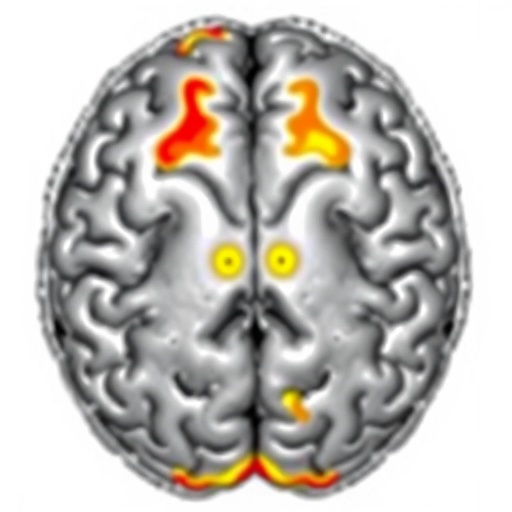The first computer model to simulate the whole chain of events triggered by offshore mega subduction earthquakes could reduce losses to life and property caused by disasters like the huge earthquake and tsunami that struck Japan six years ago this Saturday (11 March).
This pioneering new model has been developed by the CRUST (Cascading Risk and Uncertainty Assessment of Earthquake Shaking and Tsunami) project with funding from the Engineering and Physical Sciences Research Council (EPSRC). The University of Bristol, in collaboration with UCL, has led the work at the head of a multi-national consortium.
Designed to be used in any part of the world potentially vulnerable to offshore subduction earthquakes (where one tectonic plate is forced beneath another), such as Japan, New Zealand, the Pacific Northwest (US and Canada), Mexico, Chile and Indonesia, the model integrates every aspect and consequence of an undersea earthquake – including tsunamis, aftershocks and landslides — into a single disaster simulation tool.
By generating more comprehensive, more accurate maps of all potential hazards and a better understanding of how these are connected with each other, it can be used to strengthen emergency planning, improve evacuation strategies, enable engineers to calculate buildings' resilience more realistically and help the insurance industry produce more reliable financial risk analyses, for example.
In the past, risks posed by earthquakes and by the different threats associated with them have been modelled separately, based on different methods, data and assumptions varying from one part of the world to another. This lack of integration and lack of a standard approach has limited models' real-world value as well as the benefits of information sharing between countries.
Dr Katsu Goda, Senior Lecturer in Civil Engineering in the University of Bristol's Department of Civil Engineering, who has led the CRUST team, says: "For the first time ever, we've brought genuine joined-up thinking to the whole issue of offshore giant subduction earthquakes and their links to tsunamis, aftershocks and landslides, taking account of how all of these are linked and how one type of event leads, or 'cascades', into another."
With its ability to produce a more reliable and realistic picture of the entire sequence of events and to generate multi-hazard maps, the model will enable governments, emergency services, the financial industry and others to explore alternative disaster scenarios in detail. In the coming months, the CRUST team will focus on refining the model's capabilities as a truly predictive tool.
Dr Goda says: "The magnitude 9 Tohoku earthquake and resulting tsunami waves that hit the east coast of Japan on 11 March, 2011 caused around 19,000 deaths plus economic damage estimated at US$300 billion. We hope our simulation tool will secure wide rollout around the world and will be used to inform decision-making and boost resilience to these frequently devastating events."
###
For media enquiries contact:
Dr Katsu Goda, Faculty of Engineering, University of Bristol, tel: 0117 331 5516, e-mail: [email protected];
Or the EPSRC Press Office, tel: 01793 444404, or e-mail: [email protected]
Notes for Editors:
The 3-year CRUST project, which began in October 2014 and is due to run until September 2017, is receiving a total of around £501,000 in EPSRC funding.
Full list of partners in the project (UK unless indicated):
University of Bristol, UCL, Imperial College London, University of Manchester, British Consulate Vancouver, Foreign & Commonwealth Office, University of British Columbia (Canada), University of Western Ontario (Canada), Kyoto University (Japan), Tohoku University (Japan), GNS Science (New Zealand), AIR Worldwide, Arup Group, Willis
Engineering and Physical Sciences Research Council (EPSRC): As the main funding agency for engineering and physical sciences research, our vision is for the UK to be the best place in the world to Research, Discover and Innovate. By investing £800 million a year in research and postgraduate training, we are building the knowledge and skills base needed to address the scientific and technological challenges facing the nation. Our portfolio covers a vast range of fields from healthcare technologies to structural engineering, manufacturing to mathematics, advanced materials to chemistry. The research we fund has impact across all sectors. It provides a platform for future economic development in the UK and improvements for everyone's health, lifestyle and culture. We work collectively with our partners and other Research Councils on issues of common concern via Research Councils UK.
The University of Bristol is one of the most popular and successful universities in the UK and was ranked within the top 50 universities in the world in the QS World University rankings 2016. The University is at the cutting edge of global research and has had a reputation for innovation since its founding in 1876. Its research tackles some of the world's most pressing issues in areas as diverse as infection and immunity, human rights, climate change, and cryptography and information security.
UCL was founded in 1826. We were the first English university established after Oxford and Cambridge, the first to open up university education to those previously excluded from it, and the first to provide systematic teaching of law, architecture and medicine. We are among the world's top universities, as reflected by performance in a range of international rankings and tables. UCL currently has over 35,000 students from 150 countries and over 11,000 staff. Our annual income is more than £1 billion.
Media Contact
EPSRC Press Office
[email protected]
01-793-444-404
http://www.epsrc.ac.uk
############
Story Source: Materials provided by Scienmag




